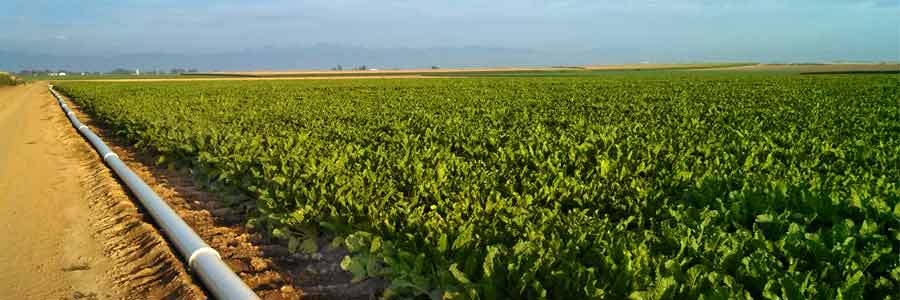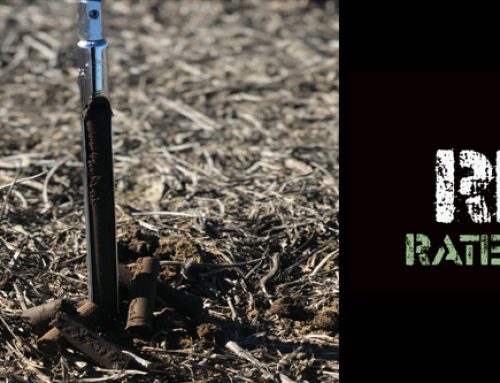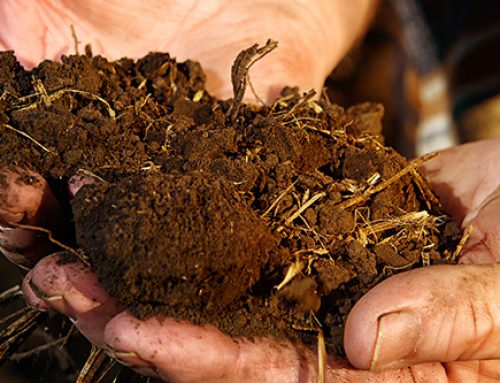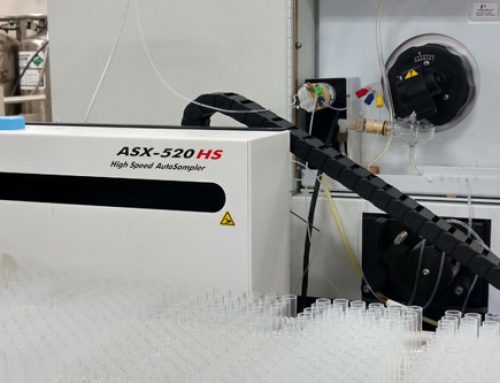Sugar’s rich history predates the Age of Discovery, but it was Napoleon Bonaparte who started the sugar beet business. The British had blockades in place in the West Indies and Philippines during the war, so no cane sugar was getting to France. Napoleon commissioned his scientists to find a suitable replacement for cane sugar to grow right in France, and thus a new industry was born.
According to the American Sugar Alliance, 57% of our national sugar production comes from sugar beets, and the rest from sugar cane. One reason sugar beets gained popularity is its versatility to grow in a variety of climatic conditions. Sugar cane is predominately grown in tropical and subtropical climates, whereas sugar beets are a cool tolerant crop. While sugar beets are commercially grown in twelve different states, sugar cane is commonly produced only in Florida, Hawaii, Louisiana and Texas within the United States.
“Sugar beets are planted from March to early May in northern Colorado and similar regions,” states Kent Davis, Crop Quest’s Front Range Colorado Division Manager. They are a biennial crop, meaning the first year the crop grows a massive tap root used for sugar production. Sugar beet taproots store sugar for energy to survive the winter. If allowed to grow the second year the beet plants would bolt and produce seed heads. In Colorado, the roots are harvested in October after cool fall weather has encouraged high storage sugar to the root.
To maximize sugar content, producers desire cool temperatures four to six weeks prior to harvest to trigger the plant to naturally start storing food (sugars) in the root. Another way to trigger sugar storage is for the plant to become nitrogen (N) “critical” or even deficient during that same time period. “We’d like low plant nitrogen levels in early September to help maximize sugar production for a mid-October harvest”, says Davis. Sugar beets have an inverse relationship with nitrogen and tonnage, so the producer must find a happy medium between the two. Producers want to maximize sugar production for increased profit, but also want to produce a good yield or tonnage. Unlike many other field crops, extra N has a negative effect on sugar beets for two main reasons. Excess N can result in lower sugar production, and higher nitrate impurities which lead to poor storability at the beet pile grounds
Factories process sugar beets from September through February, so storability is an important quality. It is more difficult to get sugar extracted when impurities are high.
Because of this negative correlation with N, soil testing is vital to ensure producers do not apply excess N. Beets can root as deep as 20 feet pulling water and leached nutrients like nitrogen from the subsoil that other root systems wouldn’t utilize. Research shows sugar beets often use all the available nitrogen to 4-6 feet in the soil profile. Therefore subsoil soil samples are pulled 4 feet deep prior to fertilization to check for nitrogen. Surface soil samples, 0-10” depths provide the rest of the soil nutrient information. Tissue samples early in the growing season allow for monitoring nitrogen concentrations in the plants for top dress or side dressing needs.
Though a hardy plant once established, production of sugar beets requires diligent planning and management, even requiring producers to plan three to four years in advance. Cyst nematodes and other soil borne diseases require a good crop rotation; early soil insects like cutworms can clean out a young developing beet stand in no time. Foliar disease management mid and late season are critical for maximum sugar production. Weed management tools are limited during the cropping year, so having clean fields to start with is also an important key to success. Producers need to monitor past use of herbicides to assure there are no carryover issues, as well as previous nitrogen applications, so a proper nitrogen fertilizer program can be executed.
Sugar beets are a beneficial rotational crop on the Front Range of Colorado. Once the crop is established, it is fairly drought tolerant, hail tolerant, and can mine both water and nitrogen from deep within the soil.
The demand for sugar is strong, and sugar beet production can be very successful in areas with cooler climates. For more information on this unique crop, contact any of the Colorado Front Range Crop Quest Agronomists.
Featured by: Kent Davis, Front Range Colorado




